| Columns Retired Columns & Blogs |
Wish we had some locally to hear.
Once I had the XB Diamonds positioned in spots that felt and sounded right—once the speakers were no longer complaining—I removed the wheels and spiked the speakers to the floor. In addition to anchoring the Estelons firmly in place, this allowed me to tilt them slightly forward so that the drivers were aimed directly at my ears as I sat in my lower-than-average listening chair.
From the start of the setup process to the finish, the sound of the Estelon XB Diamonds was transformed, from night to day. When positioned where the Wilsons had been, they sounded clotted, claustrophobic, a little bright. Now the sound was relaxed and expansive with even, articulate bass.
Listening
The Estelons' sonic transformation didn't end when I spiked them to the floor. They continued to change, or my perception of them did, throughout the period of the audition, right up till the end. Maybe it was both things at once: the speakers' various parts relaxing into synergy with all the other parts and my ear/brain relaxing into synergy with the new speakers.
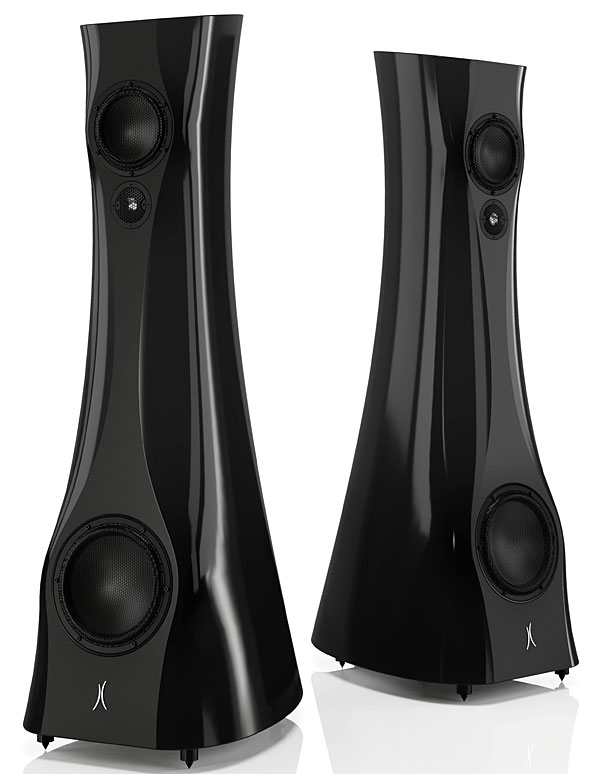
Not to wax too philosophical, but I think this is a key point. When you change out speakers—it's true of other components, too, though usually not as much as for speakers—the sonic effects of the change can be overwhelming. Over time, though, much of what you hear at first ceases to be important: You forget it, or, if you don't forget it completely, it ceases to matter. Some differences, though, persist and continue to be consequential to your experience of music through the system. Those are the differences that matter (footnote 5).
The first difference I noticed upon introducing the XBs into the system and getting their positions right was that the presentation was balanced more toward the treble than other speakers of my recent experience, including their immediate predecessors, the Wilson Alexx Vs. They didn't sound bright—not in their final positions—except with music that was recorded that way, but there was a clear, if subtle, upward tilt compared to the Wilsons. One consequence that persisted was on solo piano, on the top third or so of the keyboard, more metal string sound in the note and less woolly wood hammer, which made single notes on a Steinway D sound a touch more harpsichord-like than it does in real life.
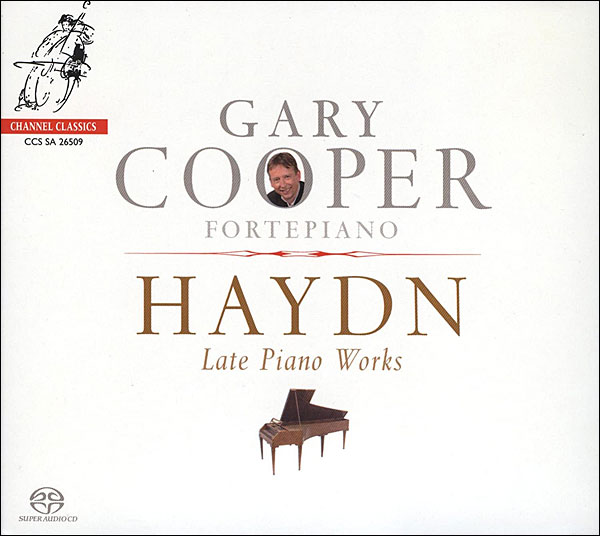
On one unfamiliar track I listened to, courtesy of Roon Radio, I thought, "This piano sounds a lot like a harpsichord." When I looked at the details, I learned it was not a piano at all but a fortepiano (Haydn: Late Piano Works, by Gary Cooper, 24/192 FLAC, Channel Classics/Qobuz), which, in case you're not familiar, sounds like a hybrid of piano and a harpsichord. The coloration I heard, if it was a coloration, was much more subtle than that.
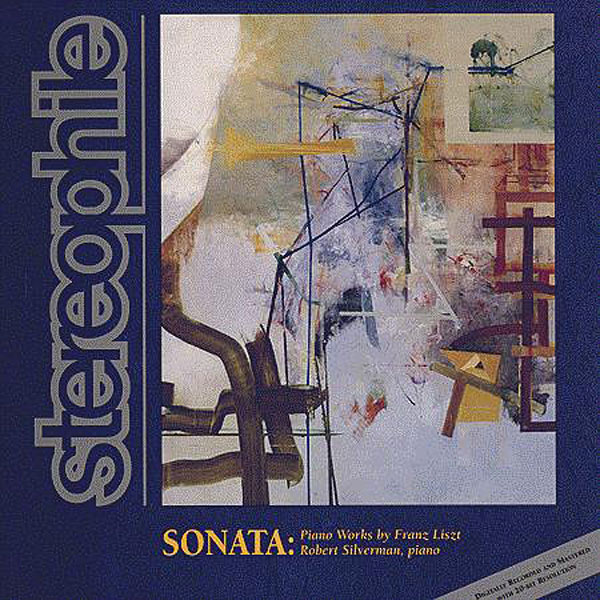
As a check, I put on a very familiar recording: John Atkinson's recording of Robert Silverman playing Liszt (Sonata: Piano Works by Franz Liszt, 16/44.1 FLAC rip from CD, Stereophile STPH008-2). I listen to this recording during every review (whether or not I mention it) because it presents a reliably natural portrayal of a Steinway D grand piano. I followed the Liszt with Silverman's Chopin album (Four Scherzi and Polonaise-Fantaisie, 24/96 FLAC, Marquis/Qobuz), engineered by Don Harder, which I'm less familiar with and which sounds rather different: To my ear, the piano tone is vaguer, more generalized, than on the Liszt album, but it's still a very enjoyable listen, musically and sonically strong.
If I tried, I could hear that trebly character, and I could (maybe, marginally) hear that enhancement of that metallic character on some individual notes, but overall, Silverman's Steinways (I'm assuming, though I don't know, that he was playing different instruments on the two albums—hence the plural) did not sound metallic. In direct comparison with other speakers, I heard a subtly different tonal balance, a different balance of lows, mids, and highs in runs and especially chords. But I often hear such differences even at live performances, listening to different Steinway Ds, in different venues, or to the same Steinway D in the same venue from different seats. This is, in other words, a legitimate difference of musical perspective.
In any case, we don't listen to music comparatively, not if the objective is to enjoy music. What matters is how the music sounds to us now, in the moment, through the system we're listening to.
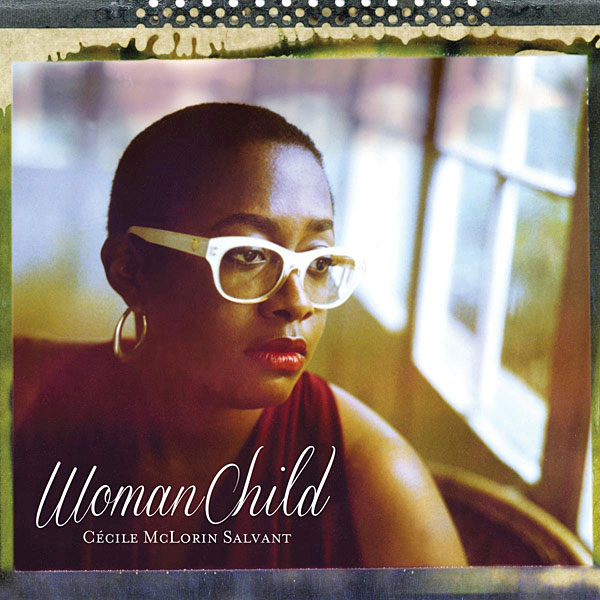
A moment came, as I was listening to jazz, when the character of the XB Diamonds revealed itself distinctly. I put on WomanChild by Cécile McLorin Salvant (24/96 WAV download, Mack Avenue). First up, the first track, "St. Louis Gal." On any good system, Salvant's vocals on this album are remarkably present. Now, though, they were more so—off the charts, spooky real. Note the word "present." Is this, then, a presence-region lift? Could be, and yet there was no trace of exaggerated sibilance. The sibilance region overlaps with the top part of the presence region, suggesting that if so, only the lower part of the presence region is elevated. Which seems right to me. I feel like I'm hearing a slight rise in the low-to-mid treble, in the range of high-note fundamentals, perhaps through the top of the piano keyboard (around 4kHz).
Often, colorations, even those that sound good, have a downside, a way in which, in different music, they sound worse instead of better. Yet, careful tailoring is a big part of the art of musical production/engineering and perhaps also of loudspeaker engineering. In any case, here, I could hear no downside. Nothing about Cécile's vocals was worse; this was pure enhancement, extraordinarily vivid, captivating sound.
What's more, the accompanying acoustic guitar on the first track (played by James Chirillo)—metal strings—also sounded natural, very present, with no trace of added metallic flavor. This is among my most listened-to albums. I know its sound very well, and this was special.

Well-recorded jazz albums old and new sounded pristine. Songs for My Father by Horace Silver (24/192 FLAC, Blue Note/Qobuz). 12 Stars by Melissa Aldana (16/44.1 WAV, Blue Note). Crisp. A natural-sized soundstage, the size of the stage at, say, the Village Vanguard from good seats, say, 20' back. That slight, trebly character I've described was still present, somehow carving a coherent, pristine soundstage out of the surrounding space, lit up and yet lending stillness to the space between sonic images, increasing spatial contrast. Good depth. Faultless presentation.

But it wasn't only in jazz. On a new recording, Recuerdos, with Augustin Hadelich and the WDR Sinfonieorchester Köln (24/96 FLAC, Warner Classics/Qobuz), imaging was precise, with good depth, even as I listened at low volume late at night. I heard only a slight shrinkage in the size of soundstage at lower volume. At all volumes, the soundstage was liberated from the speakers.
The XB Diamond Mk IIs were talking to me again, explaining their character, but now I'm struggling to express in words what the speakers told me. I was hearing a presentation of great purity—suggesting, I think, the absence of distortion—with cleaner, blacker space between the individual, spot-lit sounds on a stage carved out from the surrounding space, as I have said, by that subtle lift.
More observations about imaging: Reviews of various components often mention how far back or far forward the soundstage starts, but with the XB Diamond Mk IIs, it varied with the recording, starting (with the most forward recordings) just behind the speaker-baffle plane. With some recordings, the stage started several feet farther back. This is not an uncommon thing, but it speaks to the precision with which specific recordings are rendered.
Assuming it's legitimate to generalize about a "house sound" across different speakers from the same brand, I can confirm Michael Fremer's conjecture, in his Forza review, that Estelons are capable of a big soundstage in rooms larger than his. On recordings that contain such information, a big soundstage was what I heard, with considerable depth. (Limited soundstage depth is, I think, a weakness of my listening space. Except for some speakers I've heard here with rear-mounted drivers—Alta Audio Titanium Hestias; Audiovector R 8s—which do interesting, unusual things with space, the XBs mapped out as much soundstage depth as any speaker I've heard in my home. I suspect that more depth is possible with some adjustments to room acoustics.)
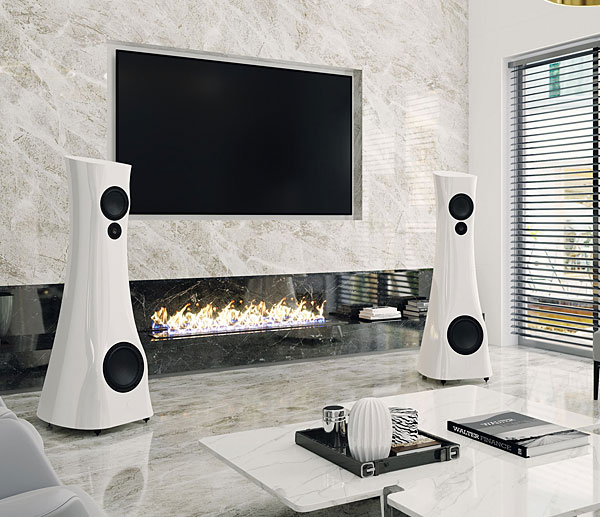
How's the maximum volume? More than ample for my needs—I never came close to running out of power—though I'm not sure I'd choose speakers with ceramic membranes as party speakers. These are too good for that anyway.
And the bass? Ample quantity, approaching full-range depth while perhaps not quite plumbing the lowest reaches. Certainly, the bass was present at full volume down to the bottom note on acoustic or electric bass (41.2Hz), and it comes very close to full volume down to the lowest notes on a standard grand piano (27.5Hz). Acoustic (double) bass was lively and articulate. On tracks with lots of bass—I'm thinking of EDM tracks like Cristoph's "Reachin'," from Consequence of Society Vol.1 (16/44.1 FLAC, Noir Music/Tidal), the bass is fun, although the XB Diamond Mk IIs don't quite provide the bass massage of the big-sister Forzas. In a room smaller than mine, perhaps they would.
Summing up
The Estelon XB Diamond Mk IIs possess a voice that's distinctive while remaining in that desirable middle space in terms of the key sonic virtues—realism, tonal balance, timbre, etc—occupied by all speakers that reproduce music naturally, including acoustic music. Plus, subjectively, they sound low-distortion. A pristine instrument capable of (re)producing compelling music in any genre. Highly recommended.

Wish we had some locally to hear.

Then the severe roll-off of both Wilson and these in the upper treble after 10khz, like the tweeters have been zobel'ed as they did back in the bell rigger old days of tweeters
Cheers George

Then the severe roll-off of both Wilson and these in the upper treble after 10khz, like the tweeters have been zobel'ed as they did back in the bell rigger old days of tweeters
From the in-room measurements text: "The responses of [the Estelon and Wilson] speakers gently slope down above 5kHz due to their tweeters becoming more directional as the frequency increases and to the increased absorption by the room furnishings in the treble. (What you don't want to see with a spatially averaged in-room response is a flat treble output, which will sound excessively bright/shrill.)
John Atkinson
Technical Editor, Stereophile

I wonder if they have to send royalties to the KEF Muon?
They look like 60% of a Muon.
If these were in my budget, I'd lust after them, for sure.

Yet JA the $28k KEF Blade Two Meta you measured a couple of months back are almost flat out to 20khz. No mention of them being excessively bright/shill.
https://www.stereophile.com/images/822kef.KEFB2Mfig4.jpg
Cheers George

That graph for the Blade 2 Meta is a near-field "anechoic" measurement while that for the Estelon and Wilson is "a spatially averaged in-room response." The Blade will also show some of the same roll-off if measured under those conditions.

"That graph for the Blade 2 Meta is a near-field "anechoic" measurement while that for the Estelon and Wilson is "a spatially"
We should have consistency in the way they are measured then, when these speakers are both measured just 2 months apart from each other but in different ways, all it serves to do is confuse matters to think there's something to hide or to confuse?
Cheers George

I think measurements are consistent. In-room, spatially averaged measurements are done when loudspeakers are so big or heavy they can’t be measured in JA’s lab. Regarding the blades, you should compare them with the semi-anechoic measurements of these ones.
Anyway, it would be nice to have a detailed description about where in the room those averaged measurements were taken, distance to loudspeakers, room size, reflections and treatment, etc.

There is consistency as the near-field "anechoic" measurement is always included and that appears as Fig.3 here for the Estelon.

they sound amazing. But just. So. Very. Ugly...

Got that right, But I'll add butt before ugly.
They look like salt and pepper shakers maybe??
Cheers George

https://dimg.dillards.com/is/image/DillardsZoom/zoom/nambe-kissing-salt--pepper-shaker-set/00466425_zi.jpg
I still like it, though!

on the shortcomings of overpriced speakers. well done.

...familiar with your drive-bys question if junior scientists could even begin to define over-priced in coherent terms. Of course, the same is probably true of coherent sound and probably even passable speakers, but we get the picture.
It's interesting - if numbingly boring - watching the junior scientist gang expel so much subjective, arbitrary, ignorant, and belief-based prose while at the same time exhibiting scant capacity for identifying better sound. You'd think that as a test of savviness and validity there'd be a linear relationship between walk and talk.
But there isn't. This being a bona fide high end publication, that latter at least should alert them. It won't either, but in a rational, civil world, it would. Listening with graph paper it is.

https://www.parts-express.com/speaker-components/speaker-subwoofer-kits
Better now?

Thanks for the effort and great writing technique. However, I personally do not find much value in this review. What's the point of any review without a proper comparison? Say you don't have a good basis to compare it to other speakers in the similar price range, then why don't you pass it to someone in your editorial team who has the right background? Sure, there are some value to be found on entirely subjective review. But, isn't that just as good as any review on Amazon. What makes this review 'professional'? You had or still have Alexe V. I understand Alexe is much more expensive, but only comparison you had is just casually mentioning a hotter mid-treble and that's it. The only other comparison you have is one sentence about quirky space things about Alta Audio and Audio Vector. My take on this review is either Estelon XB Diamond does not worth much if compared to other top players in the price range. Or, it was so good it put Alexe V to the shame.

I paid Stereophile magazine subscription for over 6 years. Does that give me a little more right to complain? When you like something enough, I think people are bound to make a criticism time to time. Like your favorite sports team. Do you pay for anything therefore you complain?

...will run comparison panel tests of all dozen and a half types of $50,000-$75,000 audio products for you.
And $10,000-$25,000 and $25,000-$50.000 and $75,000-$100,000, and...

If you can afford the Alexe V or this Estelon, you don't need reviews.
Go listen for yourself.


What great news!

Though they sound incredible and are visually stunning their cabinet material is prone to chipping.
I was helping a local dealer fit his with their spikes and when we tilted the speaker to the side the edge of one slightly nicked the floor causing a nice size chunk to chip off. I was alarmed more than he was that a $85,000. Speaker could be damaged so easily.